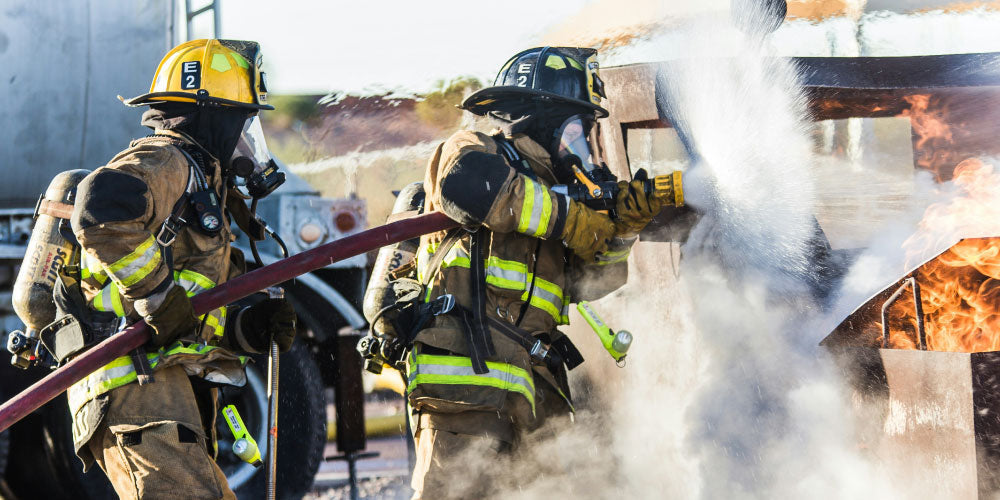Heat stroke is one of the most severe and life-threatening heat-related illnesses, yet it is entirely preventable with the right tools and strategies. Heat stroke occurs when the body’s temperature regulation system becomes overwhelmed, leading to dangerously high core body temperatures. Real-time monitoring of thermal stress can act as an early warning system, identifying the subtle signs of heat exhaustion before they progress into a full-blown medical emergency.
Understanding thermal stress and adopting proactive cooling strategies are critical steps in safeguarding against heat stroke. With the advancement in wearable technology from Mij™, individuals now have the ability to monitor their body’s thermal load in real time and take immediate action when necessary.
The Science Behind Heat Stroke and Thermal Stress
Thermal stress occurs when the body’s core temperature rises beyond its ability to dissipate heat effectively. Under normal conditions, the body maintains a stable internal temperature of around 98.6°F (37°C) through thermoregulatory mechanisms such as sweating and increased blood flow to the skin. However, excessive heat exposure, intense physical activity, or dehydration can overwhelm these systems, resulting in heat-related illnesses such as heat exhaustion and heat stroke.
Stages of Heat-Related Illness
- Heat Cramps: Early stage characterized by muscle spasms due to dehydration and electrolyte imbalances.
- Heat Exhaustion: Marked by heavy sweating, rapid pulse, and weakness. Core body temperature typically ranges between 100.4°F and 104°F (Casa et al., 2010).
- Heat Stroke: A medical emergency where core body temperature exceeds 104°F, leading to confusion, unconsciousness, and organ damage. Without immediate intervention, heat stroke can be fatal (Bouchama & Knochel, 2002).
How Real-Time Thermal Stress Monitoring Can Save Lives
Real-time monitoring provides critical insights into how the body is responding to heat stress, allowing individuals to recognize warning signs early and take preventive action. Here are some key ways monitoring helps:
1. Early Detection of Heat Stress
- Using Mij™ to track and monitor thermal load can detect physiological changes indicative of heat stress.
- Research published in The Journal of Applied Physiology shows that real-time core temperature monitoring is highly effective in predicting heat-related illnesses during exercise in hot environments (Nybo et al., 2014).
- Research indicates that individuals traveling to hotter climates may face greater challenges in regulating and interpreting their thermal load, as their bodies are less accustomed to heat-related signals (Nybo et al., 2014)
2. Identifying High-Risk Activities
- Monitoring data can reveal activities or environmental conditions that elevate thermal stress, such as prolonged outdoor work or high-intensity exercise during peak heat hours.
- This allows individuals to adjust schedules or take additional precautions, such as increasing hydration, changing clothing to more weather appropriate items or incorporating cooling breaks.
3. Guiding Proactive Cooling Strategies
- Real-time feedback enables users to implement cooling strategies - such as cold water immersion, ice packs, or ventilated clothing - before heat exhaustion progresses.
- Studies in Sports Medicine highlight the effectiveness of cooling interventions in reducing core body temperature and preventing heat stroke during athletic events (Tyler et al., 2015).
Proactive Cooling Strategies to Prevent Heat Stroke
Thermal stress monitoring is most effective when combined with proactive cooling measures. Here are evidence-based strategies to reduce heat-related risks:
1. Hydration and Electrolyte Balance
- Dehydration impairs the body’s ability to sweat and dissipate heat. Drinking water consistently throughout the day and replenishing electrolytes are critical.
- Research in The American Journal of Clinical Nutrition shows that electrolyte-rich beverages are more effective than water alone in maintaining hydration during prolonged heat exposure (Sawka et al., 2007).
2. Scheduled Cooling Breaks
- Regular breaks in shaded or air-conditioned environments help lower core temperature. Incorporating short cooling periods can prevent heat accumulation.
3. Pre-Cooling Techniques
- Pre-cooling the body before exposure to heat, such as using ice vests or cold showers, has been shown to delay the onset of heat exhaustion (Bongers et al., 2017).
4. Clothing Choices
- Lightweight, moisture-wicking fabrics improve heat dissipation and reduce thermal stress. Avoid dark or heavy clothing in high-temperature environments.
- Wide brim hats can also work for reduce heat absorption from the elements.
The Role of Mij™ in Heat Stroke Prevention
Mij’s™ wearable technology provides a game-changing solution for monitoring and managing thermal stress:
1. Continuous Core Temperature Monitoring
- Tracks fluctuations in real-time, alerting users when body temperature exceeds safe thresholds.
2. Personalized Alerts
- Sends notifications to take cooling actions based on individual thermal stress levels.
3. Long-Term Data Analysis
- Helps users identify patterns in their thermal stress exposure, enabling smarter decisions about hydration, rest, and activity levels.
Connect. Monitor. React
Heat stroke is a preventable condition, but it requires awareness and timely intervention. By monitoring thermal stress in real time, individuals can detect early warning signs, implement proactive cooling strategies, and avoid severe outcomes. Tools like Mij™ empower users to stay ahead of heat-related risks, whether they are athletes, outdoor workers, or individuals navigating hot climates.
Don’t wait until it’s too late - start monitoring your thermal stress today and take control of your health and safety.

